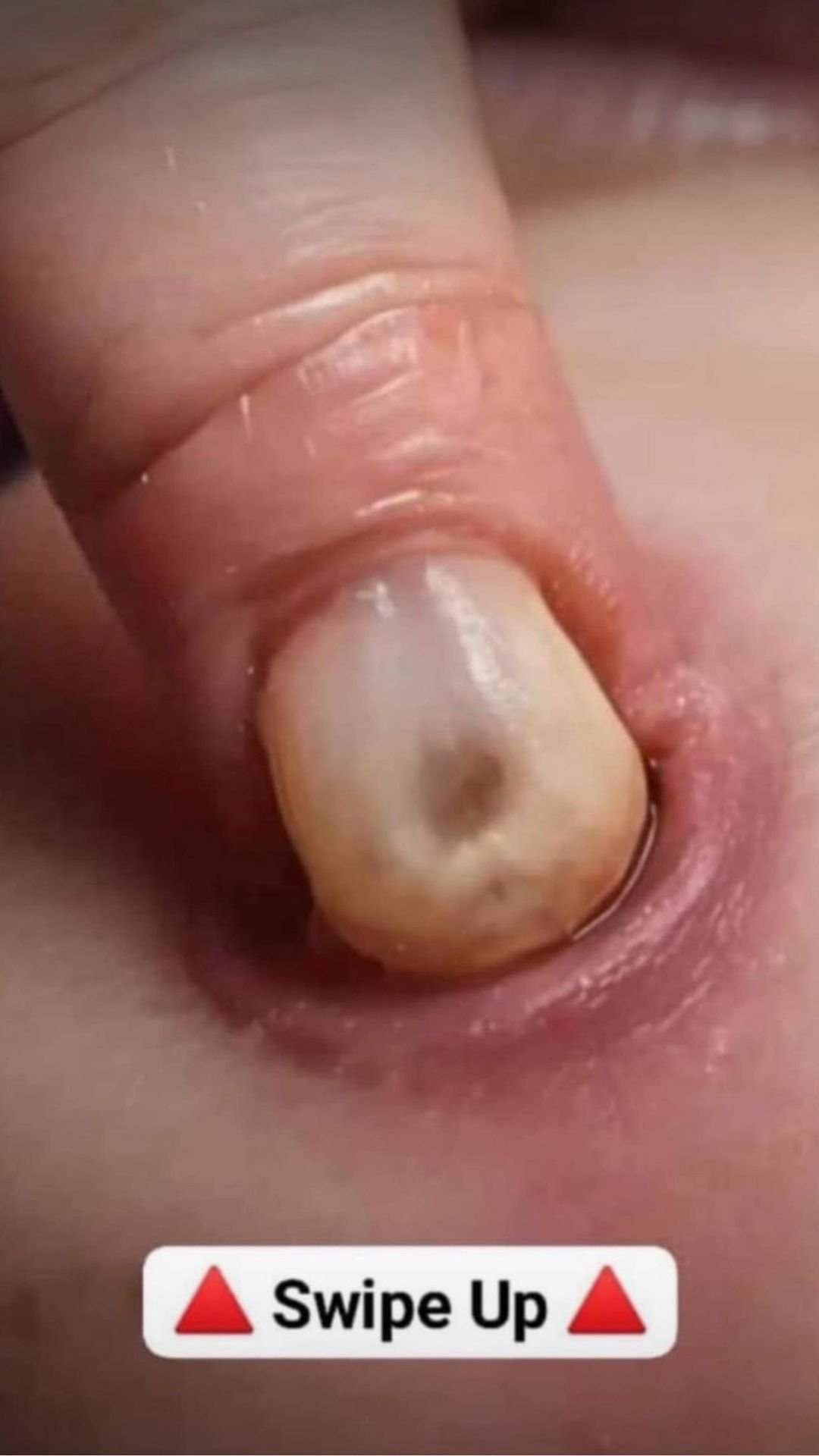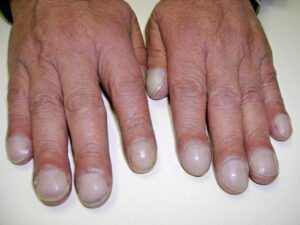1. White Spots:
Small white spots on your nails might indicate a zinc deficiency. However, if these spots are larger and cover the entire nail, it could be a sign of liver cirrhosis, a serious condition that requires medical attention.
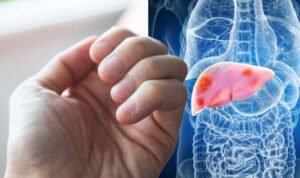
2. Vertical Ridges:
While vertical ridges are common as we age, if they deepen or are accompanied by yellowing or thinning of the nails, they could signal a more severe condition, such as kidney disease or malnutrition.

3. Black Lines:
Black lines under the nails can be caused by trauma or bleeding under the nail, but they could also be a warning sign of melanoma, a type of skin cancer. If you notice these lines and are unsure of their cause, it’s crucial to consult a doctor.

4. Brittle Nails:
Nails that easily break or crack may indicate iron deficiency, hypothyroidism, or exposure to harsh chemicals. They can also be a side effect of certain medications, so it’s essential to monitor and address this issue.


5. Clubbing:
Clubbing, where the tips of the fingers and toes enlarge and become rounded, can indicate low oxygen levels in the blood. This condition is often associated with lung diseases, heart conditions, or liver diseases.
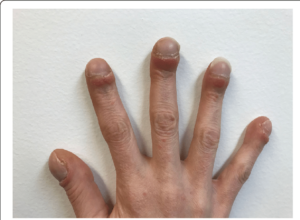
6. Spoon Nails:
Spoon-shaped nails, which are thin and concave, may be a sign of iron deficiency anemia. They can also be linked to liver disease, thyroid disease, or Raynaud’s disease.
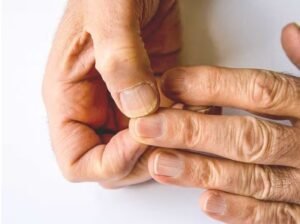
7. Yellow Nails:
Yellow nails can result from smoking, nail polish, or fungal infections. However, they can also indicate more severe conditions such as jaundice or liver disease.

8. Pale Nails:
Pale nails could be a sign of anemia or iron deficiency. They may also result from poor circulation or malnutrition, signaling the need for medical evaluation.

9. Dark Lines Under the Nails:
Dark lines under the nails can be a serious warning sign of melanoma. If you notice any dark lines, it’s vital to seek medical attention immediately.
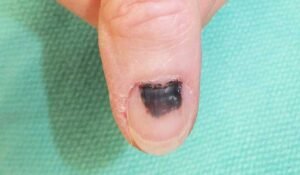
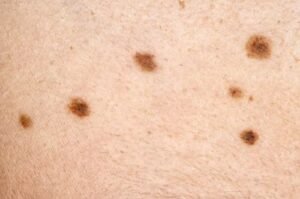
It’s important to note that these signs are not exhaustive and should be taken seriously. If you observe any changes in your nails, it’s best to consult with a healthcare provider for proper diagnosis and treatment.
Tips for Maintaining Healthy Nails:
- Keep your nails clean and dry.
- Avoid biting your nails.
- Use mild soap and water to clean your nails.
- Moisturize your nails and cuticles regularly.
- Wear gloves when using harsh chemicals.
- Eat a healthy diet rich in fruits, vegetables, and whole grains.
- Schedule regular checkups with your doctor.
By following these tips, you can help keep your nails healthy and strong, potentially catching early signs of underlying health issues.
Liver Cancer: Causes, Symptoms, and Diagnosis

Introduction
Liver cancer is a severe and challenging condition to treat. Awareness of its risk factors, symptoms, and diagnostic methods is crucial for early detection and treatment.

Causes
The most common causes of liver cancer include:
- Hepatitis B Virus (HBV) Infection: HBV can damage the liver and significantly increase the risk of liver cancer.
- Hepatitis C Virus (HCV) Infection: Similar to HBV, HCV also heightens the risk of liver cancer.
- Cirrhosis: This scarring and damage to the liver are major risk factors for liver cancer.
- Alcohol Abuse: Excessive alcohol consumption can lead to liver damage and elevate the risk of liver cancer.
- Nonalcoholic Fatty Liver Disease (NAFLD): This condition, characterized by fat buildup in the liver, can progress to cirrhosis and increase cancer risk.

Symptoms
Liver cancer often does not show symptoms in its early stages. As it progresses, symptoms may include:
- Abdominal Pain: The most common symptom.
- Loss of Appetite and Weight Loss: Often due to nausea and vomiting caused by the tumor blocking bile flow.
- Fatigue: Resulting from impaired liver function.
- Jaundice: Yellowing of the skin and eyes due to bilirubin buildup.
- Abdominal Swelling: Caused by fluid accumulation.
- Dark Urine and Pale Stools: Due to bile backup.
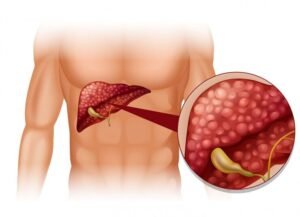
Diagnosis
If you experience any of the symptoms, it’s vital to see a doctor immediately. Diagnosis may involve:
- Blood Tests: To check for elevated levels of AFP, a protein often produced by liver cancer cells.
- Imaging Tests: Such as ultrasound, CT scan, or MRI to detect tumors.
- Liver Biopsy: A definitive diagnosis through microscopic examination of liver tissue.
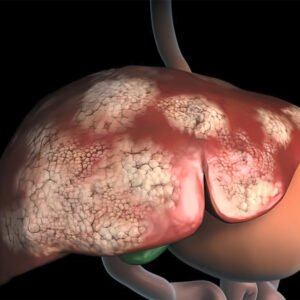
Treatment
Treatment depends on the cancer’s stage and the patient’s overall health. Options include:
- Surgery: The primary treatment for early-stage liver cancer, aiming to remove all cancerous tissue.
- Liver Transplantation: An option for patients with cirrhosis and liver cancer.
- Ablation: Uses heat or cold to destroy cancer cells.
- Radiation Therapy: Targets cancer cells with high-energy radiation.
- Chemotherapy: Employs drugs to kill cancer cells.

Prevention
To reduce your risk of liver cancer:
- Get vaccinated against hepatitis B.
- Get tested and treated for hepatitis C if at risk.
- Limit alcohol intake.
- Maintain a healthy weight.
- Eat a healthy diet.
- Avoid smoking.
Conclusion
Early diagnosis and treatment are essential for improving liver cancer survival rates. If you are at risk, talk to your doctor about screening, and seek immediate medical attention if you notice any symptoms.
